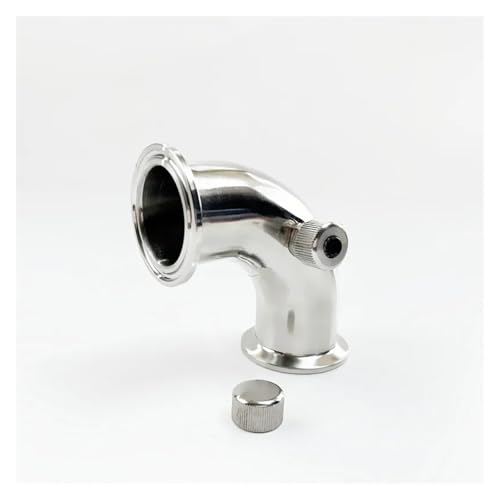Hi
@peebee , apologies, I hadn't realised people had said they were doing it in a Grainfather G30 so I wasn't trying to imply people were misleading. I thought the earlier comments had mentioned larger brewing operations and from my, as I admit limited knowledge, it looked like the water volumes required for a full mash would be greater than the 30L available in Grainfather. I needed 26L for the brew I did yesterday, so I'd, clearly incorrectly, assumed I wouldn't be able to do a full mash volume in under 30 litres.
Clearly I need to do a bit more reading on that subject, although as you say it's not something I'd plan to do now, but I'll definitely look at the advantages of doing it in the future. Good to know re the sparge water temperature too, although it's too late for me as I've already spent the cash on a separate water heater; we live and learn!
























![BREWING THERMOMETER STICKERS ACCURATELY MONITOR FERMENTING BEER & WINE LIQUID TEMPERATURES 5PCS HOME BREW SPIRITS WINE LCD ADHESIVE [US]](https://m.media-amazon.com/images/I/311DDjo2X3L._SL500_.jpg)



















